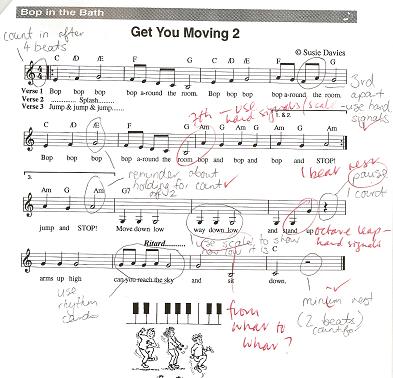This short essay refers to an Art Unit I taught with Year 6 children. During a Multicultural and Language studies I reflected on the barriers for an EAL student (English as a second language). Click the link above to see an example of the unit outline.
The Analysis
A major barrier in my unit is the New Zealand cultural content in my unit ‘Kowhaiwhai patterns’, aimed at Year 6children. As part of the introduction I showed the children different kowhaiwhai patterns and the children replied with places they had seen them so it related to their experiences. If an EAL child had never visited a marae or sighted these patterns they would find it hard to relate to. For example, they might have no understanding of the significance of a ‘koru’ and other patterns. The unit had a bicultural focus, so it did not include a multicultural perspective and not include an EAL learners cultural background.
I believe that learning is more meaningful when the child has had some prior knowledge or experience with the content. Unless a EAL child had taken notice kowhaiwhai patterns or visited a marae they would have no understanding of the content. They have may have noticed kowhaiwhai patterns in everyday life but not realised the cultural significance of them in New Zealand. The unit did not include symbols of their culture, so perhaps that was a barrier that did not reinforce how symbols could be used in art to represent an idea. Because the topic did not include the EAL child’s cultural background they may feel alienated and not inclusive.
Because the children’s responses were verbally given an EAL learner would not have the confidence to speak out infront of the class. As well as the children’s responses my questions and responses we also verbally given. By so much verbal communication with the teacher and children, an EAL may find it hard to listen and take in so much information, especially when they have no prior knowledge of the content. In the unit, the children watched as I commentated how to draw a kowhaiwhai pattern on the whiteboard and the children tried it out themselves into their scrap books. This is another verbal barrier in my unit. An EAL learner has difficulty following a series of instructions and has a short concentration span, especially if the topic is unfamiliar.
As well as being new to the children, Maori vocabulary will be very difficult to read and pronounce. These words include:koru, mangopare, rauru and puhoro. The vowels in the words sound different to English words, for example ‘o’ is pronounced ‘or’. An EAL learner will have trouble distinguishing certain sounds. These words will be very new to them and because they are words that are not used regularly will be hard to master. They may find it hard to correspond a new word, to a new kowhaiwhai pattern. Unlike the language of the playground, the language associated with school learning takes longer to develop – it is frequently quit abstract, and there are fewer concrete visual clues to support meaning. It is not only Maori vocabulary that may be difficult to EAL learners. Only art related vocabulary might be a barrier, such as pastels and. medium
The initial discussions were done as a whole class when the children were actually designing and drawing their artworks it was done individually. As I mentioned previously an EAL child would not feel confident to speak out infront of the whole class especially if everyone in the class has had some prior knowledge. In a couple previous placements I have seen EAL that do not seek help if they need it, especially if they are working independently.
In my unit, the children used different kowhaiwhai patterns to represent characteristics in the form of a family portrait, for example, mangopare means strong, so a child may draw a big magopare to represent their father. An EAL might find it hard to express an idea (family member) in the form of a symbol (kowhaiwhai) which was the big understanding of my unit. They may also find it hard to understand how colours might represent different moods, for example red could represent love, or green might represent a love for the garden. The teacher should be aware that colours in another culture could represent different ideas in another culture. For example red could mean love in New Zealand, but it could represent war in another culture.
The children expressed the ideas of their kowhaiwhai family portrait in an annotated draft of their drawing. An EAL may find not have the language structure to describe what is in their picture, for example, “My mum is yellow because she is happy”. He/she might have to to be given some language structures to use to repeat throughout the picture. An EAL usually makes mistakes with basic sentence structure if they are not given, for example, “you told me where is it” (Gibbons 2000). As an annotated draft was marked, it is crucial that an EAL learner knew how to express their ideas with the right sentence structures. The child may make grammatical errors not typical of a native speaker, for example in word order, word endings, tense or prepositions. By giving children certain sentence structures, they will find it easier to report back to the teacher and other members in the class.
